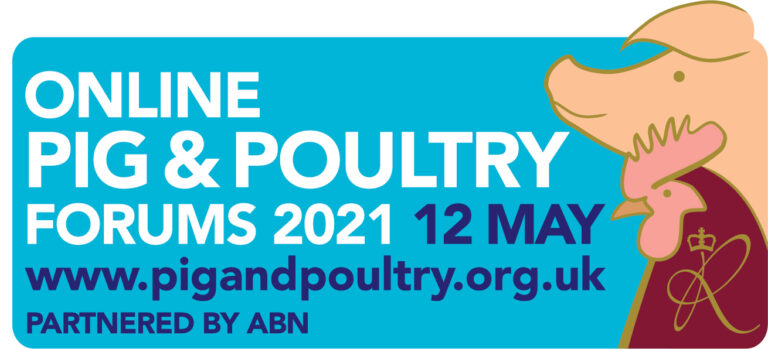It’s been a difficult year for the poultry industry, with COVID-19, Brexit and avian influenza all causing market disruption. So what might the emergence from lockdown look like?
That will form the basis of the poultrymeat outlook session at the Pig & Poultry Fair, which this year is being held as a series of online discussions on 12 May. Farmers and stakeholders from across the supply chain can register for free to watch the forums throughout the day and put questions to the panellists. To find out more and secure your place visit www.pigandpoultry.org.uk
According to Danny Johnson, commercial director at ABN, there is room for cautious optimism. The challenge in retail has been placing enough birds to meet high demand, but the wholesale market has been a different matter.
“When the UK went into lockdown last year the hospitality sector shut down overnight, with a huge impact on wholesale. Now, the industry is watching to see what happens next. Where will the demand be? Will people eat out again or continue to eat in the home?”
Consumers are increasingly focusing on higher welfare, slower growing birds, and retailers will want to meet those demands, explains Johnson. “But the question is whether people want to pay for it, and whether we can resource it effectively. For example, if we need to produce the same number of birds but at lower stocking rates, that will take more land. And it’s difficult to get planning permission, particularly close to processing sites – which is important given the current DEFRA consultation over travelling times.”
To meet such demands will require a joined-up and well-resourced approach throughout the supply chain – and a higher price at the end of it, he adds. “In this forum we will be hearing from Sophie Throup at Morrisons and Jonty Hay, who sits on the Red Tractor board for independent producers. I am looking forward to hearing their thoughts on what retailers want and how that will fit into the standards. Ultimately, we all want to know what that change will mean for producers.”
Discussions are likely to revolve around sustainability and changing welfare demands, predicts Johnson. “We need to strike a balance in terms of setting targets and what the industry can realistically achieve.” New Red Tractor standards might include compulsory windows in poultry sheds and lower stocking rates, while retailers will likely be looking at net zero and replacements for soya in poultry diets.
“A lot of businesses are talking about net zero and imported soya. But there are lots of balances to find the right solution. We really need clarity from retailers and consumers over their priorities; if we try to do everything at once we may end up not succeeding with anything.”


